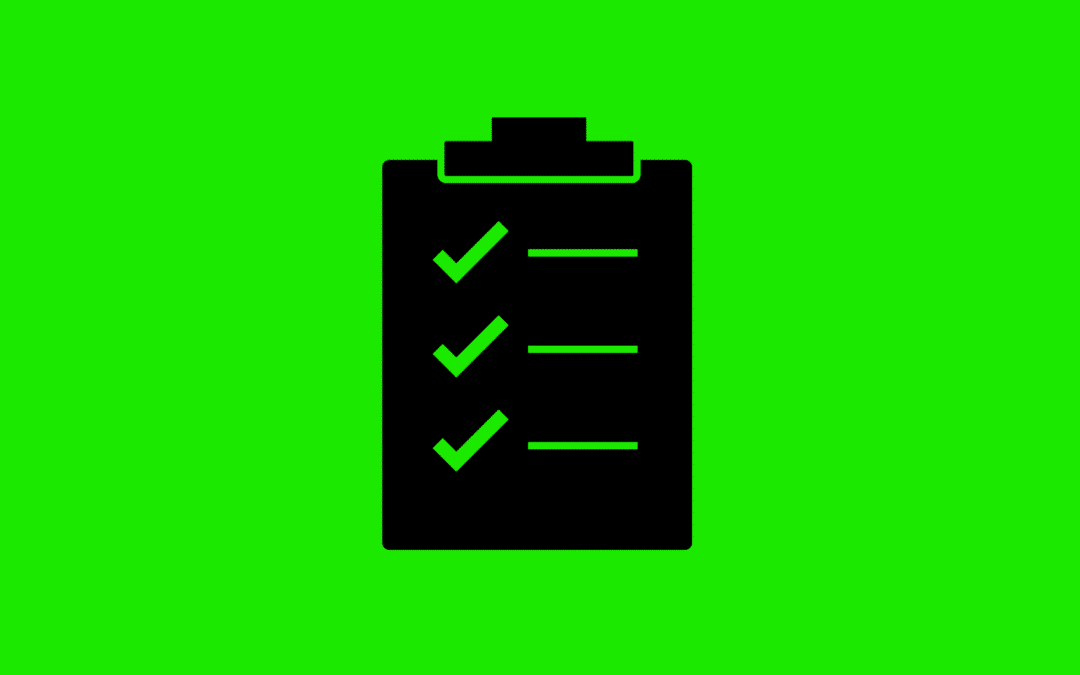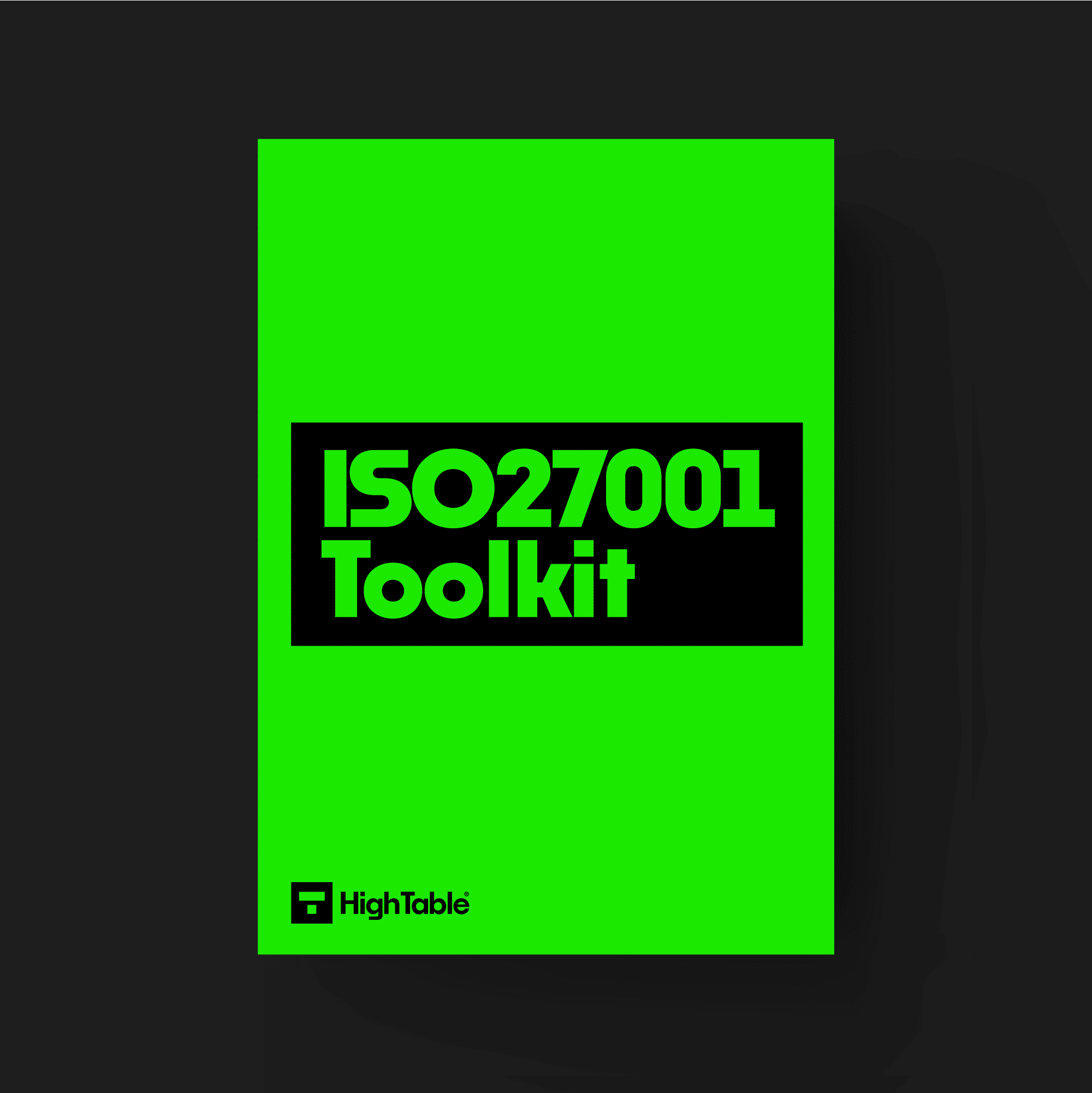The ISO 27001 Clause 4.1 implementation checklist is designed to help an ISO 27001 Lead Implementer to implement ISO 27001 Clause 4.1 Understanding the Organisation and Its Context.
The 6 point ISO 27001 implementation plan sets out how to implement, the challenges faced and the solutions to adopt.
How to implement ISO 27001 Clause 4.1
Time needed: 1 hour and 30 minutes
How to implement ISO 27001 Clause 4.1
- Conduct a Brainstorm Session
Challenge
Identifying internal and external issues can be challenging.
Solution
Create cross-functional teams: Create teams with members from different departments to encourage knowledge sharing and collaboration.
Manage stakeholders: With key interested parties from across the business and organisational units perform a brainstorming session to record the potential issues that you may face.
Leverage Best Practice: Consider using the example internal issues and external issues later in this article as your starting point. - Compliance and Security Requirements
Challenge
Maintaining compliance while adapting to constantly evolving regulations presents a significant challenge.
Solution
Utilise compliance management tools: Employ specialised tools to track and monitor regulatory changes and ensure compliance adherence.
Integrate compliance into the ISMS: Incorporate compliance requirements directly into the Information Security Management System (ISMS) framework.
Provide continuous training: Regularly train security teams on the latest regulatory requirements and best practices for maintaining compliance in test environments.
Create a legal register: Use an ISO 27001 legal register template to record all relevant laws. - Align with the Organisation
Challenge
Internal and external issues to the management system do not exist in isolation of the organisation and it can be challenging to align with organisation goals.
Solution
Understand the organisation: Read and understand the organisation mission and goals and ensure these are referenced when identifying issues.
Integrate business goals into the ISMS: Incorporate the business goals into the information security management system and align them with the goals of the ISMS.
Document the organisation: Create a documented overview of the organisation utilising the ISO 27001 Organisation Overview Template. - Assess the organisation’s infrastructure
Challenge
Having a comprehensive understanding and record of the organisations technical infrastructure and human resources presents a significant challenge.
Solution
Create organisation charts: Work with HR to create organisation charts. Using the roles and responsibilities aligned with ISO 27001:2022 Clause 5.3 (Organisational Roles, Responsibilities and Authorities) identify gaps and internal resource issues.
Map roles and responsibilities: Understand the roles that are required for the information security management system as referenced in ISO 27001:2022 Clause 5.3 (Organisational Roles, Responsibilities and Authorities) and document them in the ISO 27001 Information Security Roles and Responsibilities Template identify gaps and internal resource issues.
Create technical documentation: Working with the technical teams and domain experts create accurate technical documentation including server and network diagrams and identify and internal technological issues. - Risk Management
Challenge
Identifying and mitigating all potential risks, especially within complex IT environments, presents a significant challenge.
Solution
Comprehensive Risk Assessments: Conduct thorough risk assessments tailored to identifying ISO 27001 internal Issues and ISO 27001 external issues to the ISMS. This process should adhere to ISO 27001 Clause 6.1 (Planning), focusing on identifying and addressing potential vulnerabilities and threats.
Conduct a Risk Assessment: Determine whether the identified issues and risks require risk management by utilising the ISO 27001 risk register template and ISO 27001 risk management process template. - Document Internal and External Issues
Challenge
Maintaining a record of internal and external issues can be confusing and present a challenge.
Solution
Create an ISO 27001 Context of Organisation document: Record the issues using the ISO 27001 Context of Organisation template.
Further Reading
ISO 27001 Clause 4.1 Understanding the Organisation and Its Context


